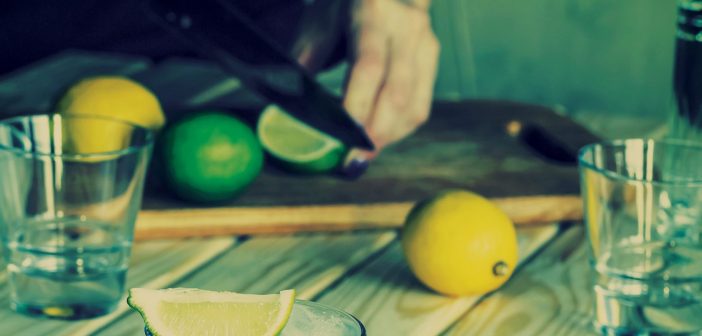Whilst the caipirinha has achieved a certain degree of international acclaim, the UK still remains relatively impartial. In these times of rum renaissance and gin revival, the cocktail somewhat languishes on the tumbler-to-do list
When Jimmy Buffet declared “if life gives you limes then make margaritas”, chances are he was yet to discover the caipirinha. The singer’s endorsement may have done wonders for the tequila-based appetizer, but for my money there are better uses for such citrus fruit.
It’s common to see the caipirinha pigeonholed with its other LATAM muckers, the margarita and the daiquiri, but the caipirinha is more than just a cocktail – it’s a national treasure. Greens and yellows mirror the country’s epic landscapes whilst it’s hand-crafted balance of sweet and sour hint to a culture bursting with diversity and heritage. It is Brazil in a glass; once you get a taste you just want more.
The drink itself couldn’t be simpler. There are several variations on a theme and preparation, but a traditional caipirinha is made by taking a cut lime and gently muddling it with a heaped tablespoon of sugar (preferably using a socador, a wooden pestle – but any wooden spoon will suffice). The trick is to squeeze as much juice from the lime without damaging the peel, which in turn would release a bitter aftertaste. For the most authentic results you should use a freshly sliced Brazilian lime (widely available in the UK) and sugar. Throw in the ice and cachaça and mix well. It often pays to use a cocktail shaker to ensure that the ingredients mingle as much as possible.
Now you can make one, how about ordering one? Unlike its Latin American brethren, the caipirinha was coined in Portuguese, not Spanish. Most punters are still looking for the “h” in Mojito, so any trepidation as you approach the bar is to be expected given the pronunciation pitfalls of Brazilian Portuguese. Here goes – Kai-peer-REEN-ya. Strictly speaking there are four distinct syllables, but the phonetic license of the local lingo allows for a more stretched intonation. Worry not; it gets easy after the first one.
The History of Caipirinha
Whilst cachaça production can be traced to the mid-1500s, it took several centuries for this ménage-a-trois of sugar, lime and cachaça to get together. Legend has it that an early recipe was used to help alleviate the symptoms of the Spanish Flu epidemic in the early-twentieth-century. Given its medicinal qualities the taste was markedly less palatable, and the concoction probably contained garlic, honey and lime, amongst other natural substances. At some point sugar was added – perhaps to help temper the taste.
It wasn’t long before an aspiring barman, perhaps from the countryside (“caipirinha” translates as rural folk) added some ice and the quintessential summer cocktail was born. These days caipirinha is as synonymous with Brazilian culture as beaches and football. It is the calling card of a nation that loves to party.
The traditional caipirinha – as it was always meant to be – is a straightforward recipe that caters for a degree of creativity and flair in its preparation. But today there are a raft of mixes that use fruits a range of tropical fruits that promote a plethora of tastes and colours.
By-Por Ed Freeman

















